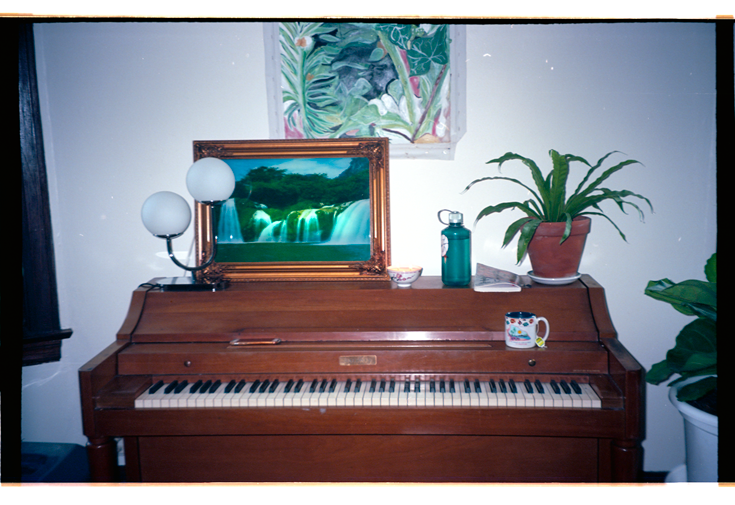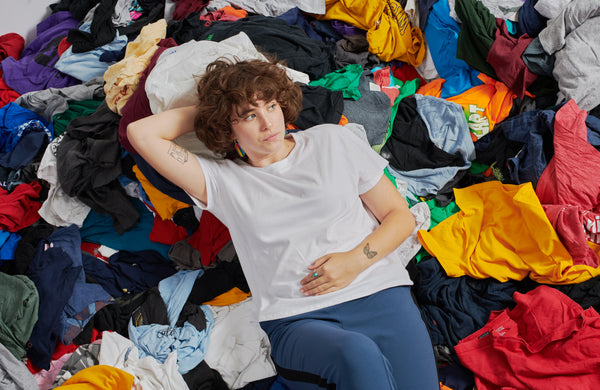Pre-Order Lala Lala Swan Lake Recycled Cotton-Shirt
In a contemporary music landscape defined by introspection and interdisciplinary cross-pollination, globally-based artist Lillie West — better known as Lala Lala — stands out for her emotionally-rich blend of indie, DIY, experimental electronics, and ethereal soundscapes that coalesce into into what she calls 'narrative music.'
In this conversation with Everywhere, West shares insights on the deep connections between her environment, creativity, and her commitment to sustainability. Covering her transformative experiences from Chicago’s vibrant DIY scene to living sustainably in an off-grid Earthship in New Mexico, Lala Lala reflects on how these influences have shaped both her artistic approach and her personal values. Together, we explore music, the importance of ethical fashion, and the intersection of creativity and environmental responsibility.
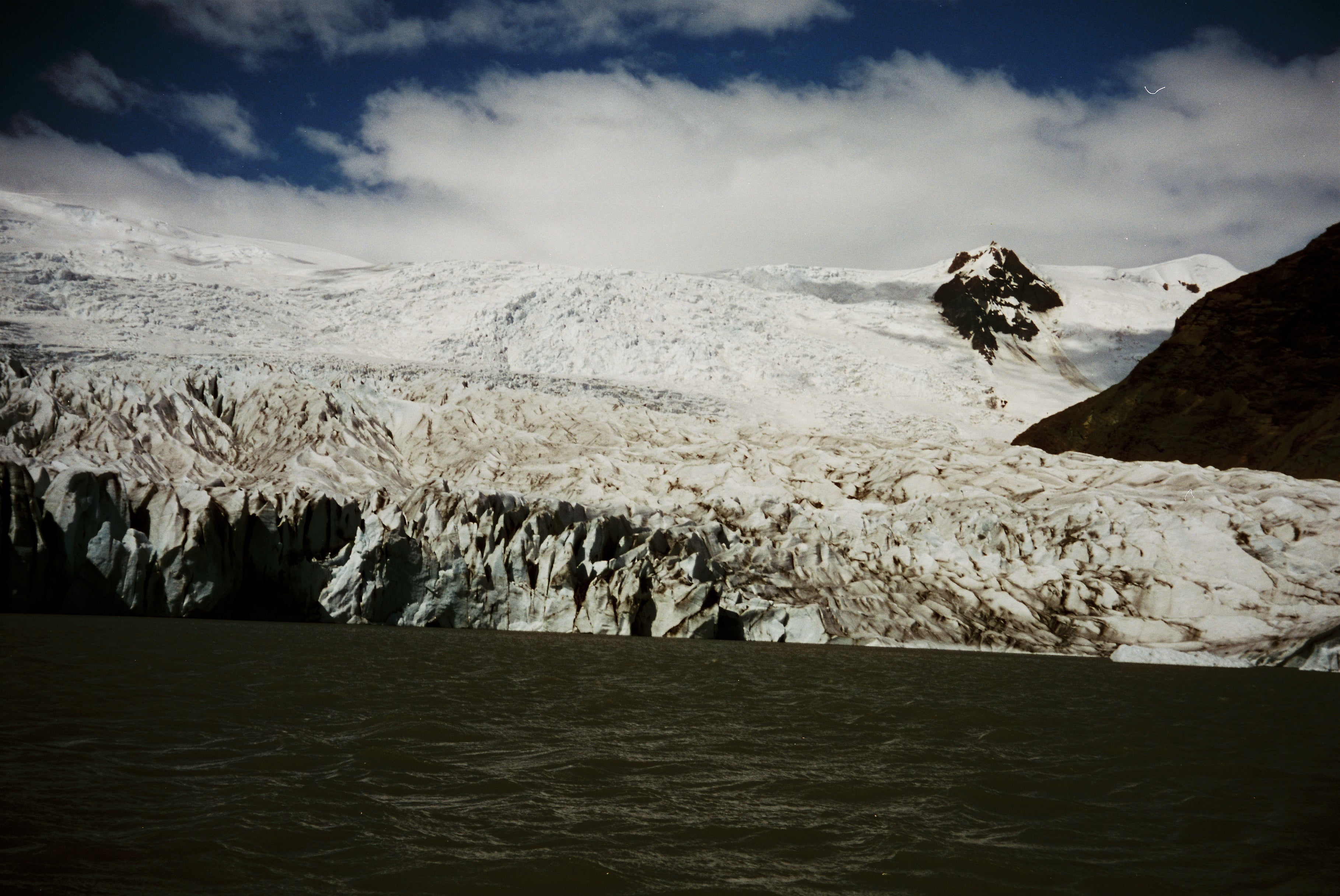
Hey Lillie, thanks for sitting down with us. Let’s start with a big-picture question—how has your environment influenced your music over the years? You’ve lived in Chicago, New Mexico, Iceland, and beyond. How have these places shaped your work?
Lala Lala (Lillie West): It’s had a massive impact. I moved to Chicago when I was 19, and that city really shaped me creatively. There’s such a strong DIY culture—people make art in whatever way they want, and the community really shows up for each other. It gave me the confidence to pursue music without worrying about fitting into a mold.
Later, I moved to rural New Mexico, where I lived in an Earthship. That was a completely different experience. The vast open space changed my sound—I started making instrumental music and incorporating field recordings. The environment there creates a natural stillness, which found its way into my work. Then there’s Iceland—another landscape that has this eerie, beautiful quality. It really made me appreciate silence in music, the space between sounds.
Speaking of the Earthship—can you tell us more about
Lala Lala: Yeah, an Earthship is a fully off-grid home made from repurposed materials—think tires filled with dirt, glass bottles, and cans forming walls. The idea is to be totally self-sustaining. It gathers solar energy, recycles water, and uses thermal mass for heating and cooling. Living in one definitely changed my perspective on waste and resource use.
It was also a challenge—you have to think about how much water and power you’re using all the time. You can’t just run a microwave or keep a ton of lights on. The house demands attention, like a living thing. That experience really reinforced my belief that we should be designing things—homes, clothes, systems—more intentionally, with sustainability in mind.
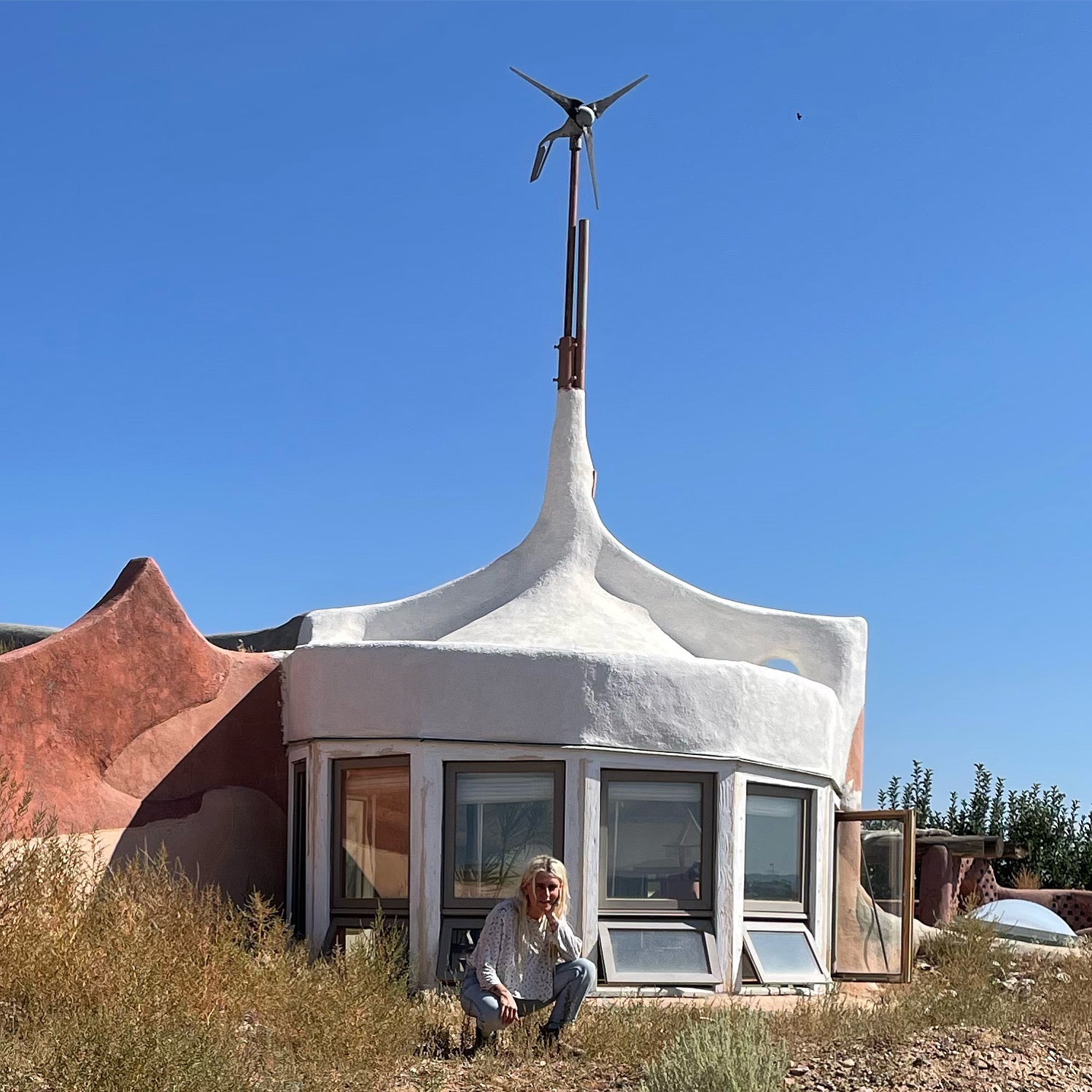

That’s something we think about a lot in apparel. Sustainability is central to what we do—100% recycled cotton, circular production, no virgin fiber. What’s your take on sustainability in the fashion industry?
Lala Lala: It’s crucial. I think about sustainability in everything I do, not just in music but in daily life. And the thing is, we’re all making choices that impact the planet. Clothing, especially, is something people don’t always think about in terms of waste. But fast fashion is a huge problem—it’s wasteful, exploitative, and harmful to the environment.
That’s why working with Everywhere is so exciting. You guys take the burden off the artist—you’ve already done the hard work to make sure the clothing is ethical and sustainable. So instead of me worrying about sourcing blanks that align with my values, I can focus on designing something meaningful for my fans.
That means a lot. And yeah, sustainability shouldn’t be an afterthought—it should be baked into the process from the start. On that note, let’s talk about your creative process. Whether it’s music or merch, how do you approach designing something new?
Lala Lala: I’m really particular about design. I get deeply involved in the creative process, probably to my own detriment. Like, I know people say band merch should have a clear, legible name on it, but I love weird, subtle designs—things that make people lean in and look closer. That might mean I sell fewer shirts, but I’d rather make something I truly love.
It’s similar to how I make music. Some songs come together in five minutes, others take months. My latest album, for example, was a totally different experience than past ones. I worked with Melina Duterte (Jay Som), and we built songs out of half-formed ideas. It felt like sculpting, chipping away until we had something fully realized.
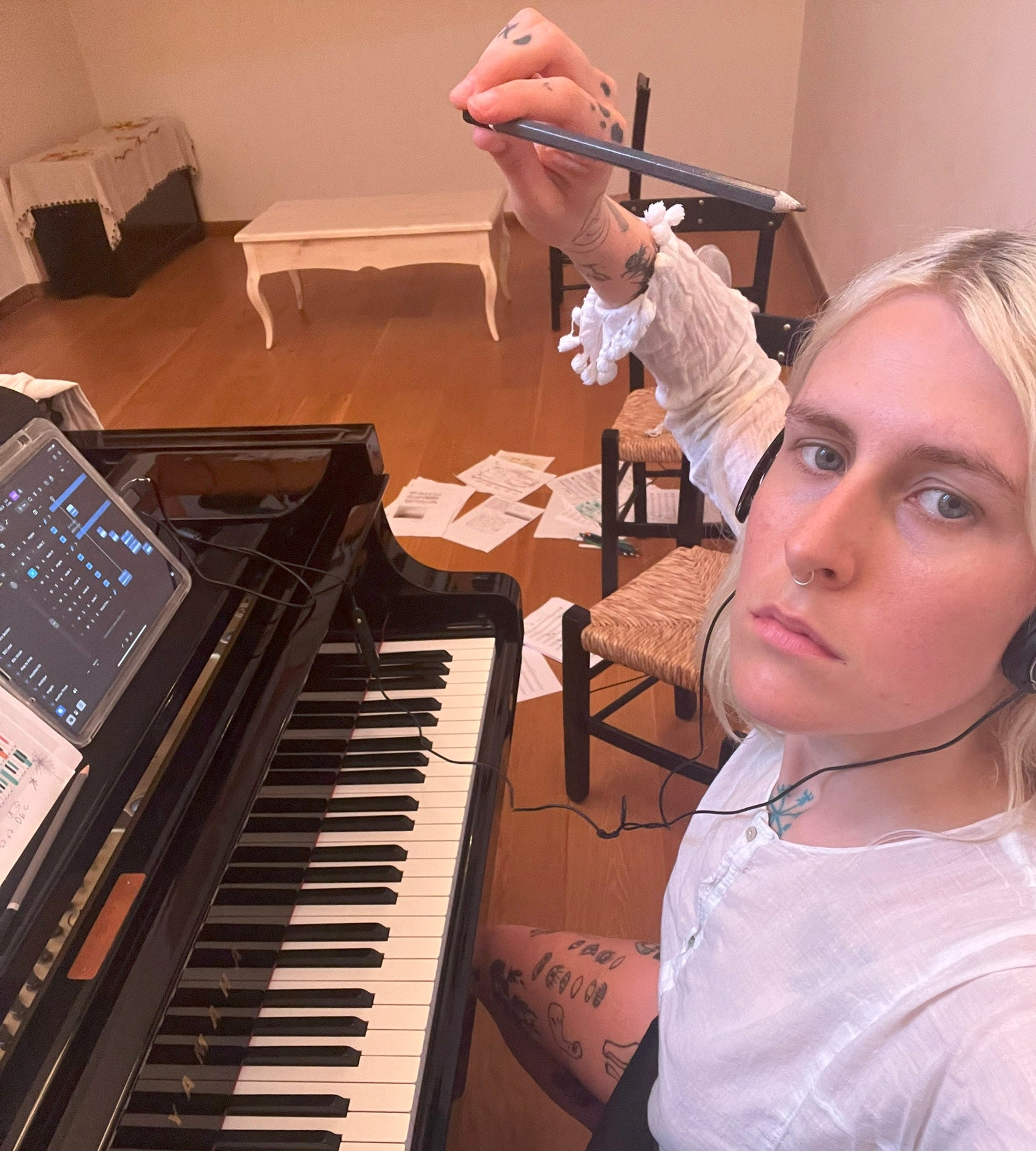
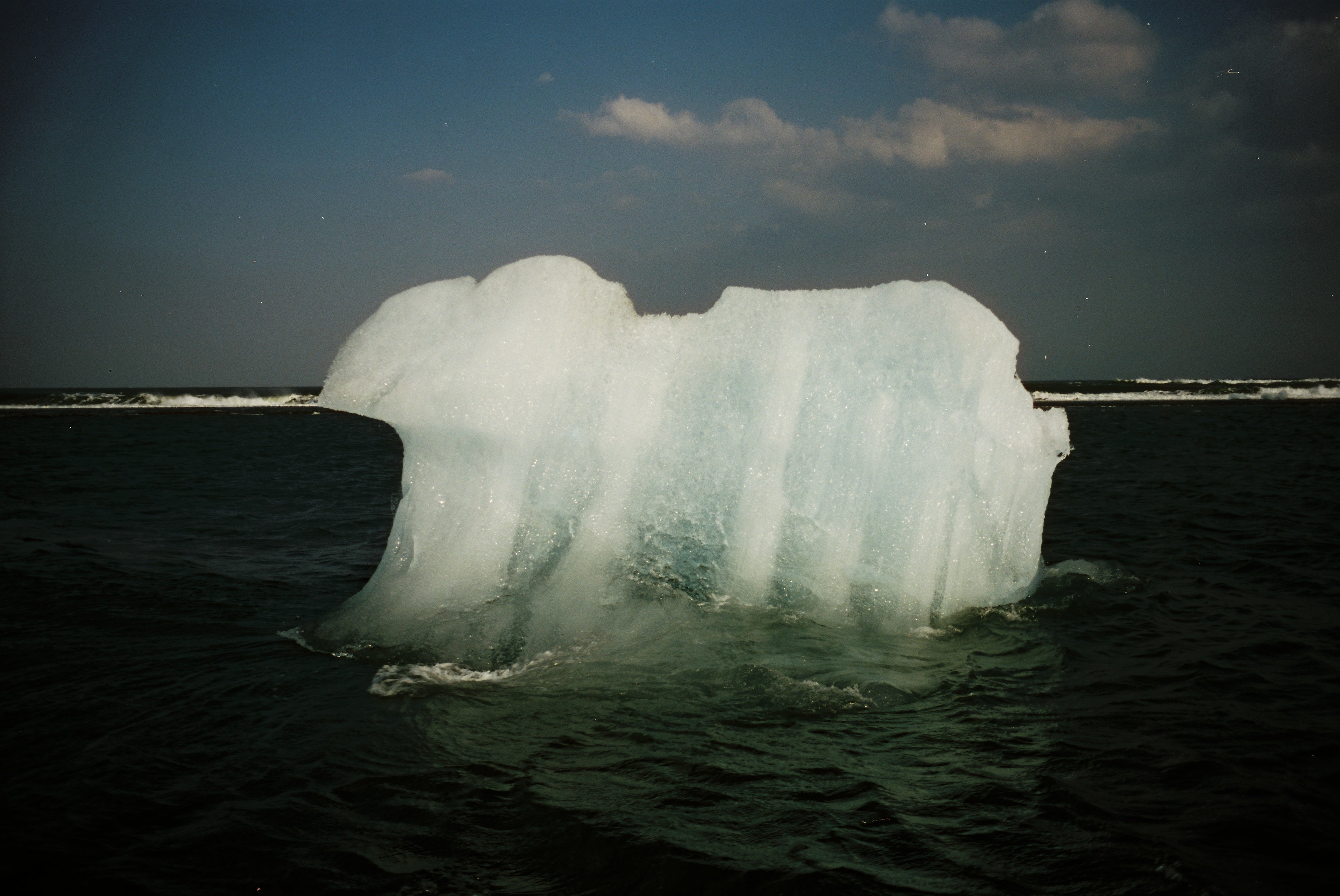
That’s such an interesting way to describe it. So, in terms of collaboration—what’s it like working with a company like Everywhere, which is so focused on sustainability?
Lala Lala: Honestly, it’s inspiring. It can be exhausting to always be the one pushing for sustainability, whether it’s in music, touring, or everyday life. When I find people who are more hardcore about sustainability than I am, it’s a relief. It makes me feel like I don’t have to fight as hard, because you’ve already built the structure for it.
It also makes me think about trust. Whether it’s working with a producer, choosing a label, or collaborating on apparel, I have to trust that the people I work with share my values. That’s when the best creative work happens—when you know you’re on the same page from the start.
That’s exactly why we do what we do. We want to make it easier for artists to make sustainable choices without compromising their vision. Before we wrap up, can you tell us what’s next for you? New music, projects?
Lala Lala: So much. I’m finishing a new Lala Lala album that I’m really excited about. It’s super weird—it’s like if Dido and Oneohtrix Point Never made a record together. I didn’t care at all about what people expected, and that was really freeing.
I’m also working on a piano album and an instrumental record with my boyfriend. I don’t know
